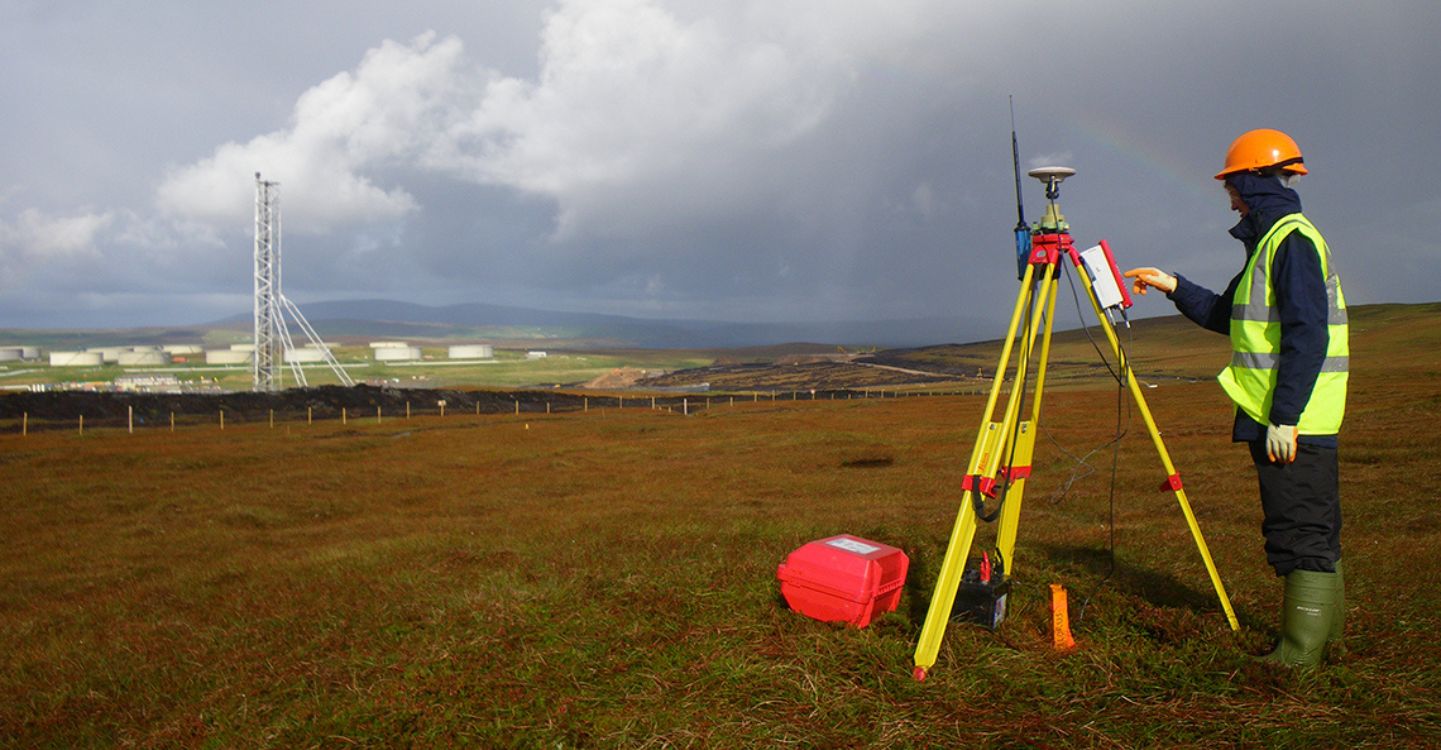How Engineering Surveys Contribute to Successful Infrastructure Development
How Engineering Surveys Contribute to Successful Infrastructure Development
Blog Article
Important Devices and Strategies in Establishing Out Design
The technique of establishing out design relies heavily on a suite of important devices and strategies that underpin the accuracy and effectiveness of task execution. What effects does this hold for future design practices?
The Importance of Accurate Measurements

The importance of accurate measurements prolongs past mere conformity; they are essential to the overall effectiveness of engineering processes. Mistakes can result in material waste, task hold-ups, and enhanced labor expenses, eventually impacting the project's profits. Accurate measurements enhance the quality of the final item, guaranteeing that it executes as planned and fulfills the assumptions of stakeholders.
Furthermore, the relevance of precise dimensions appears in numerous design self-controls, including civil, mechanical, and electric engineering. Each area demands an one-of-a-kind technique to dimension, yet the underlying requirement for precision remains continuous. As projects become significantly complex, the dependence on precise measurements will just intensify, emphasizing the demand for regular improvements in measurement techniques and modern technologies. Hence, fostering a culture that prioritizes accuracy is vital for the future of design.
Crucial Devices for Laying Out
Laying out, an important phase in the engineering and building process, relies heavily on particular devices that guarantee exact place and alignment of frameworks. Among these tools, the surveyor's level sticks out, offering specific straight measurements crucial for developing reference points. This instrument allows engineers to establish altitude changes and maintain harmony across the task site.
The overall station is one more crucial device, incorporating electronic distance dimension with angular dimension abilities. This modern technology improves effectiveness and accuracy in capturing spatial information, enabling for efficient website design and preparation.
Furthermore, using measuring tapes and noting devices, such as chalk lines or stakes, is fundamental for briefly noting limits and crucial points on the site. These basic devices, though basic, are crucial for making sure clear communication amongst the building group relating to job requirements.
Finally, general practitioner modern technology has gained traction in laying out processes, providing real-time positioning data and substantially boosting accuracy over typical techniques. Jointly, these vital devices create the backbone of efficient laying out practices, eventually contributing to the successful execution of engineering and building and construction projects.
Advanced Checking Strategies
Advanced checking techniques play a pivotal function in improving the precision and performance of engineering jobs. These techniques encompass a series of approaches that offer accurate data for design and construction. Traditional methods, such as leveling and triangulation, have actually progressed into a lot more sophisticated techniques, including Overall Terminal surveys and International Navigation Satellite Equipment (GNSS)
Complete Station devices integrate digital theodolites with range dimension capabilities, allowing surveyors to accumulate accurate place data with great speed. This innovation significantly minimizes errors connected with manual measurements and offers real-time data processing. GNSS additional resources uses unequaled precision for massive jobs by utilizing satellite signals to establish precise positioning, which is necessary for straightening structures and ensuring conformity with style requirements.
Along with these devices, advanced methods also include geospatial analysis and 3D modeling. These methods make it possible for engineers to picture surface and site problems much more efficiently, facilitating better decision-making during the planning phase. By utilizing these sophisticated checking strategies, design jobs can accomplish greater accuracy in layout, reduce rework, and ultimately boost general task success.
Digital Modern Technology in Engineering
The integration of electronic technology has reinvented engineering methods, boosting both efficiency and accuracy throughout different techniques. Tools such as Structure Details Modeling (BIM) help with the visualization and management of complicated jobs, allowing engineers to collaborate effortlessly and make informed decisions. This technology allows the production of in-depth 3D designs, which can be assessed for structural honesty and efficiency before building begins.

The application of man-made intelligence and maker learning in engineering procedures even more improves anticipating maintenance and optimization of sources. Overall, electronic modern technology is reshaping the engineering landscape, driving advancement, and guaranteeing that tasks are finished with higher effectiveness and decreased threat.
Finest Practices for Execution
When applying electronic technology in engineering, it is important to establish a calculated method that straightens with task objectives and organizational capacities. An extensive analysis of existing process and technology facilities is important to recognize voids and opportunities for renovation. Engaging stakeholders early in the process cultivates cooperation and guarantees that the modern technology meets individual requirements.

Task supervisors must embrace an iterative implementation method, enabling modifications based on real-time feedback and efficiency assessments. This agile method not only minimizes his response threats however additionally promotes continuous renovation by incorporating lessons learned.
Conclusion
To conclude, the combination of essential devices and advanced techniques in setting out engineering is crucial for making certain precision in measurements and effective project execution. Using tools such as property surveyor's degrees, overall terminals, and GPS modern technology, along with modern-day surveying methods, improves precision and lowers the likelihood of mistakes. Adopting finest techniques in implementation additionally optimizes these procedures, eventually fostering enhanced job end results in the engineering and building industries.
The technique of setting out design depends greatly on a collection of vital tools and techniques that underpin the accuracy and effectiveness of job implementation.Furthermore, the significance of precise dimensions is apparent in numerous design self-controls, including civil, mechanical, and electrical design. By using these advanced checking methods, design jobs can achieve greater precision in design, decrease rework, and eventually enhance general task success.
On the whole, digital technology is reshaping the engineering landscape, driving innovation, and guaranteeing that tasks are finished with greater effectiveness and decreased risk (setting out engineering).In conclusion, the assimilation of vital devices and progressed methods in setting out design is essential for guaranteeing accuracy in measurements and effective project execution
Report this page